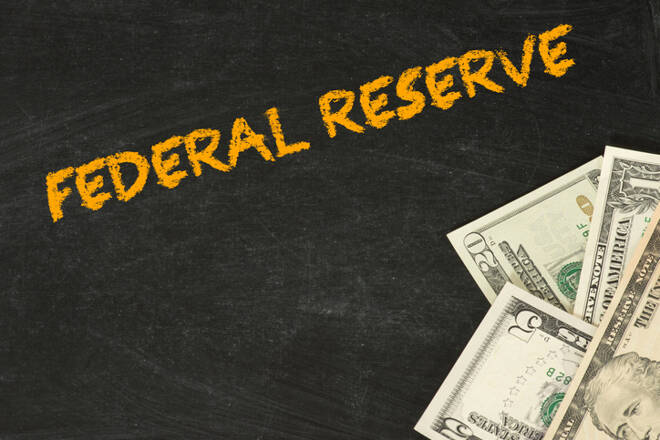Advertisement
Advertisement
Fed, BOJ Deliver as Expected but Future Remains Unclear
By:
The U.S. Federal Reserve cut interest rates, as expected, but offered mixed signals about future easings. Bank of Japan (BOJ) officials voted on Thursday to maintain short-term interest rates at -0.1% and the 10-year government bond yield at zero.
Central bank activity took center stage late Wednesday/early Thursday with the U.S. Federal Reserve and the Bank of Japan providing the entertainment. Both central banks delivered what the markets expected, however, the future remains uncertain for Fed and BOJ followers. Traders read the cautious moves by the central banks as somewhat supportive with the U.S. Dollar firming against most major currencies and the Japanese Yen moving higher against the greenback.
U.S. Federal Reserve
The U.S. Federal Reserve cut interest rates, as expected, but offered mixed signals about future easings. U.S. policymakers voted 7 to 3 to lower the Fed funds target rates on Wednesday to a range of 1.75% to 2.00% “in light of the implications of global developments for the economic outlook.”
Fed Chairman Jerome Powell described U.S. prospects as “favorable” and the rate move as “insurance.” He did not rule out future cuts, but his remarks were not as dovish as markets had hoped for which lifted bond yields and the dollar.
The Fed’s “dot plot” projections published by the Fed showed policymakers expected rates to stay within the new range through 2020, while futures markets have priced in at least another cut.
According to the Fed’s “dot plot” of individual expectations, five members thought the FOMC should have held its previous range of 2% to 2.25%, five approved of the 25 basis point cut but keeping rates there through the rest of the year, and seven favored at least one more cut this year.
The Federal Open Market Committee (FOMC) again cited “the implications of global developments for the economic outlook as well as muted inflation pressures” as the primary rationale for Wednesday’s cut.
Most importantly in what could have an effect on future rate cuts, divisions in the committee remain among individual policymakers. Three Fed regional presidents – Esther George of Kansas City, Eric Rosengren of Boston and James Bullard of St. Louis – each voted no. George and Rosengren have said they prefer to keep the funds rate steady while Bullard had advocated for a 50 basis point cut.
As far as the economy is concerned, the FOMC now sees GDP rising at a 2.2% pace this year, compared with 2.1% in June, though the longer-run expectations remain at 1.9%. Inflation projections were unchanged at 1.8% for 2019 and 2.5% over the longer run.
Bank of Japan
Bank of Japan (BOJ) officials voted on Thursday to maintain short-term interest rates at -0.1% and the 10-year government bond yield at zero. The decision was widely expected by analysts and traders. However, policymakers also signaled the possibility of new stimulus measures as early as October.
In reaching its decision, the BOJ said in its policy statement that exports, industrial output and business sentiment had been affected by the slowdown in overseas markets. Additionally, while the U.S.-China trade war has pummeled Japan’s exports, the BOJ said strong corporate profits were supporting business investment.
About the Author
James Hyerczykauthor
James Hyerczyk is a U.S. based seasoned technical analyst and educator with over 40 years of experience in market analysis and trading, specializing in chart patterns and price movement. He is the author of two books on technical analysis and has a background in both futures and stock markets.
Advertisement
